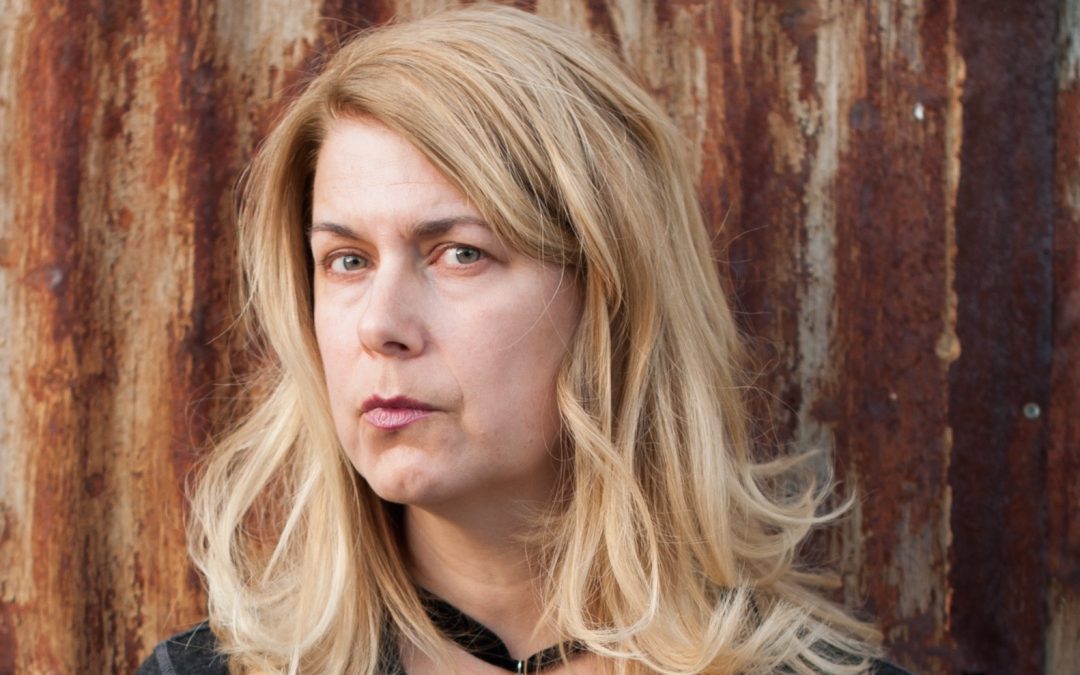Call for Papers: Contemporary Literature and the Environmental Imagination, Ghent University 7-9 December 2020
Contemporary Literature and the Environmental Imagination International Conference Ghent University, Belgium, 7-9 December 2020 Due to the uncertainties caused by the coronavirus pandemic, the organizing committee has decided to postpone the conference by one year. It...CFP: Climate Change Temporalities: Narratives, Representations and Practices
A conference on humanistic approaches to climate change, University of Bergen, Norway, 5-7 August 2020. When we think about climate change, what first springs to mind is probably carbon emissions, extreme weather, draughts, floods, and melting icebergs. But climate...Imagining Nature in the Anthropocene: NCHU Summer School for the Environmental Humanities in Asia
1st NCHU Summer School for the Environmental Humanities in Asia June 29th to July 3rd 2020 Human activities have propelled the Earth into a new geological epoch. This insight is encapsulated in the Anthropocene concept, which challenges us to explore the social and...
Humour, Grief, and Species Aloneness in Times of Mass Extinction. An Exchange Between Ida Olsen and Lydia Millet, Author of How the Dead Dream
“[T]o write fiction about dire, massive, looming manmade threats to life on earth isn’t as straightforward as writing about business-as-usual politics or doing satire.[…] There’s a thin, wobbly tightrope you have to walk. Suspended between the neutral, cold descriptiveness some writers preach as necessary to aesthetic rigor and the squishy, on-the-nose earnestness that makes activist fiction mediocre or flat-out bad. You have to find a way to situate your perspective in the habitable zone between austerity and mawkishness”.
